Palladium Calcium Carbonate
Alias: lindra catalyst
Cas No: 7440-05-3
Molecular formula: Pd/CaCO3
Carrier: calcium carbonate
Appearance: black particles
Application scope:
High selective hydrogenation of alkynes to alkenes
Reaction mechanism: alkynes are linear in shape because of two PI bonds. When the lindela catalyst is encountered, two hydrogen atoms are added to each end of the alkyne triple bond. And it is the plane that is parallel to the sigma bond and adds to it, so it forms cis-olefin.
P&C parameters:
|
Palladium content |
0.3%,0.5%,1.0%,5% |
|
PH value (10% suspension) |
8.0-10.0 |
|
Molecular formula |
Pd/CaCO3 |
|
CAS no. |
7440-05-3 |
| Specific surface area |
≥5.00m2/g |
| Bulk density |
0.80~0.85 g/ml |
|
105 ℃ volatile matter content |
≥0.4% |
|
Insoluble content of hydrochloric acid |
≤0.10% |
|
Sedimentation volume |
≥2.8ml/g |
|
Iron (Fe) content |
≤0.08% |
|
Manganese (Mn) content |
≤0.006% |
|
Screenings |
25umTest sieve≤0.30% |





















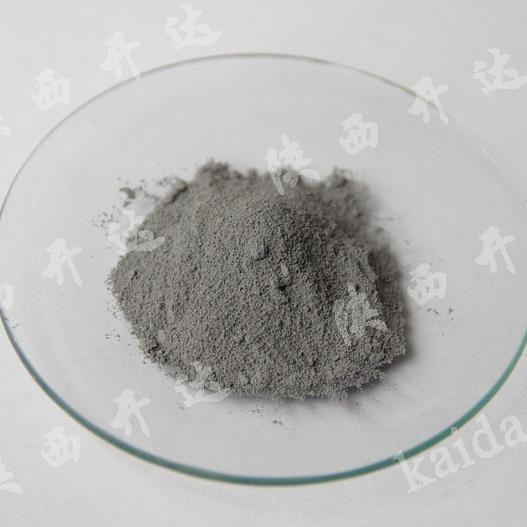
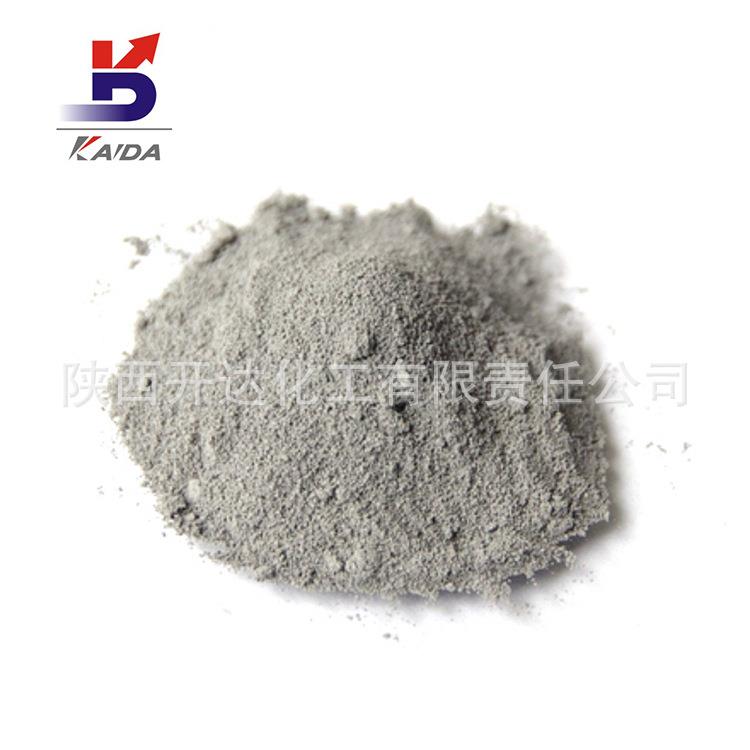
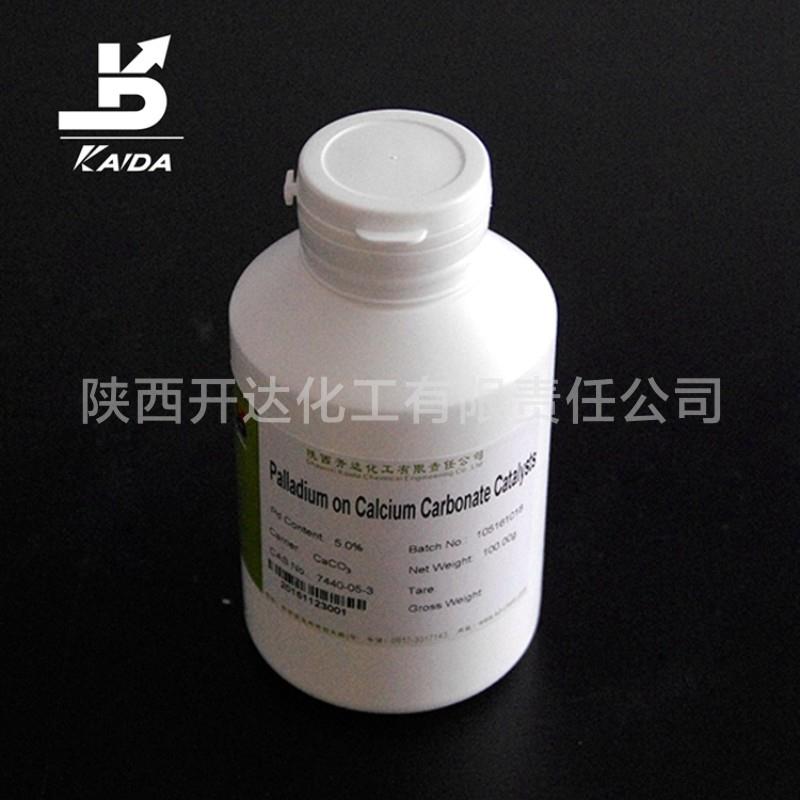
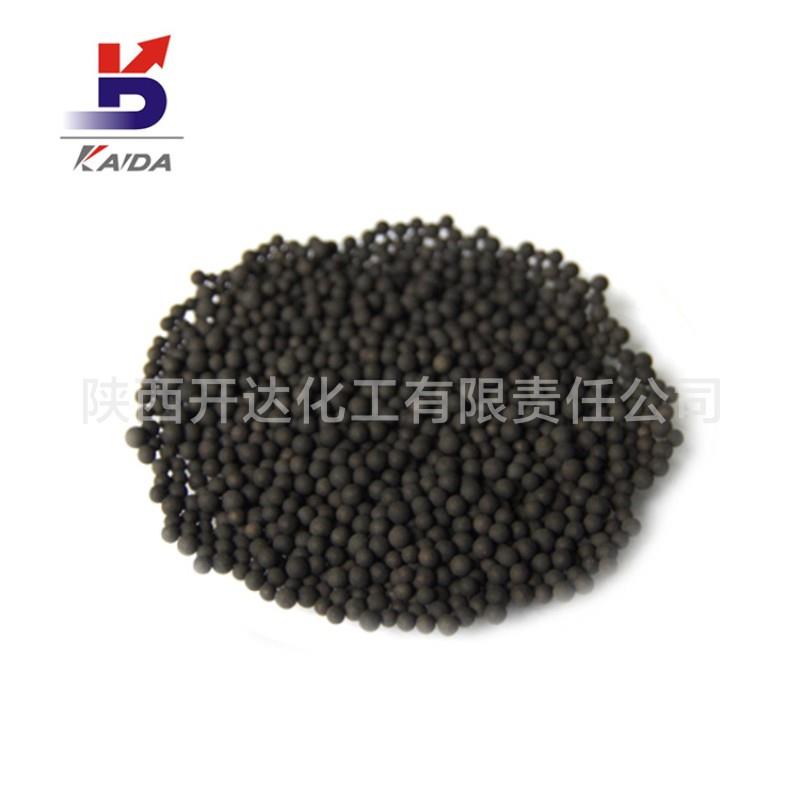
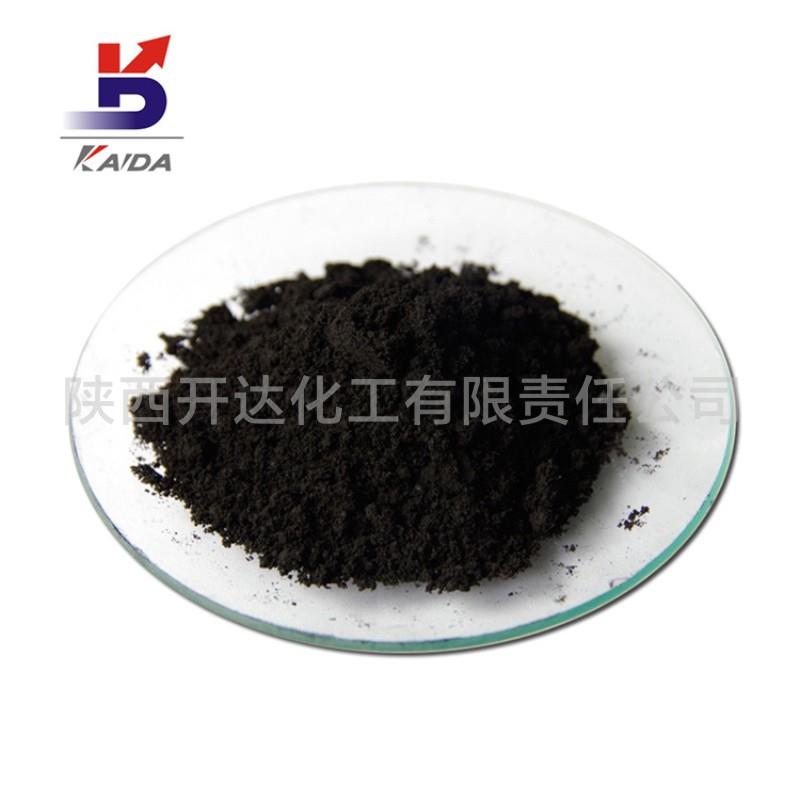
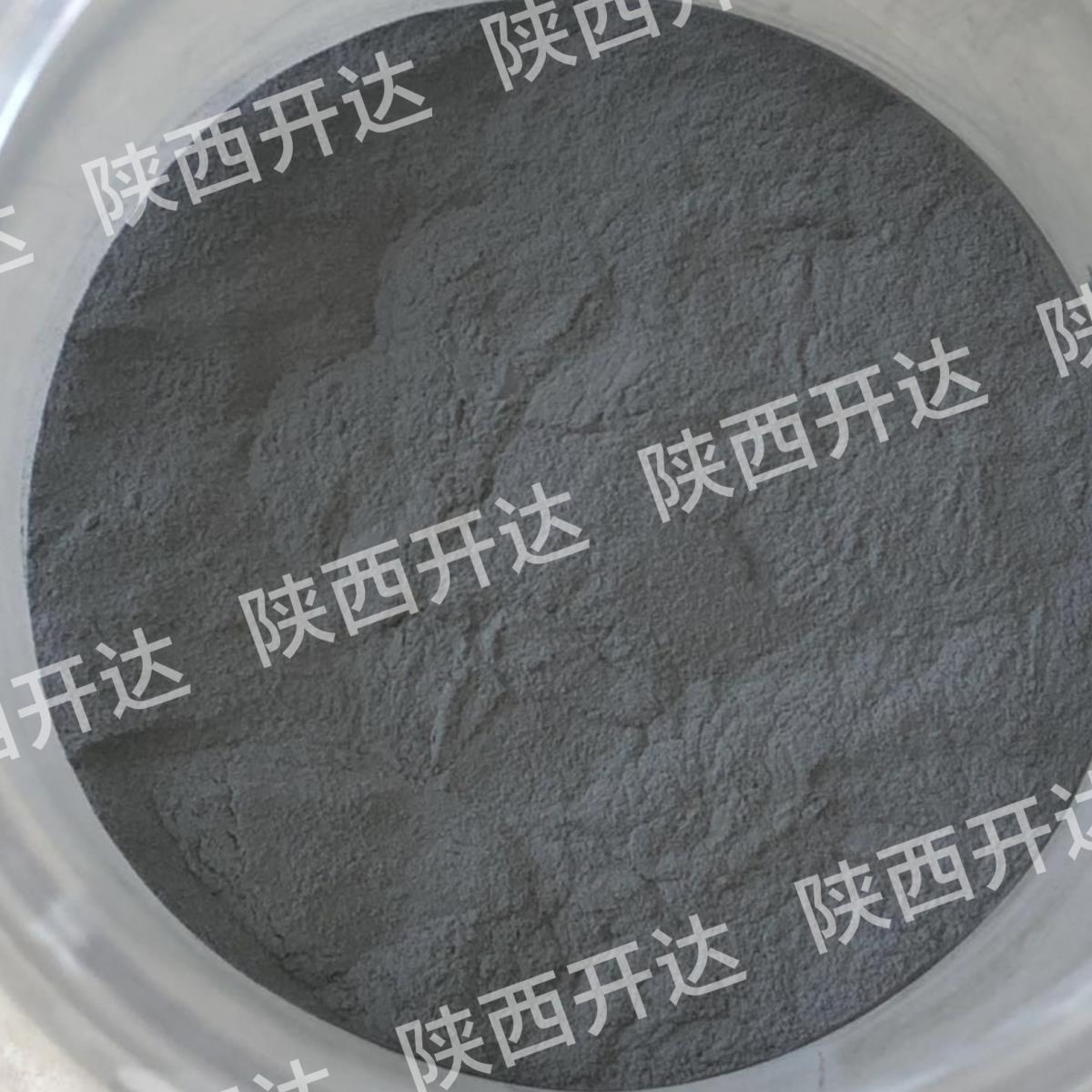
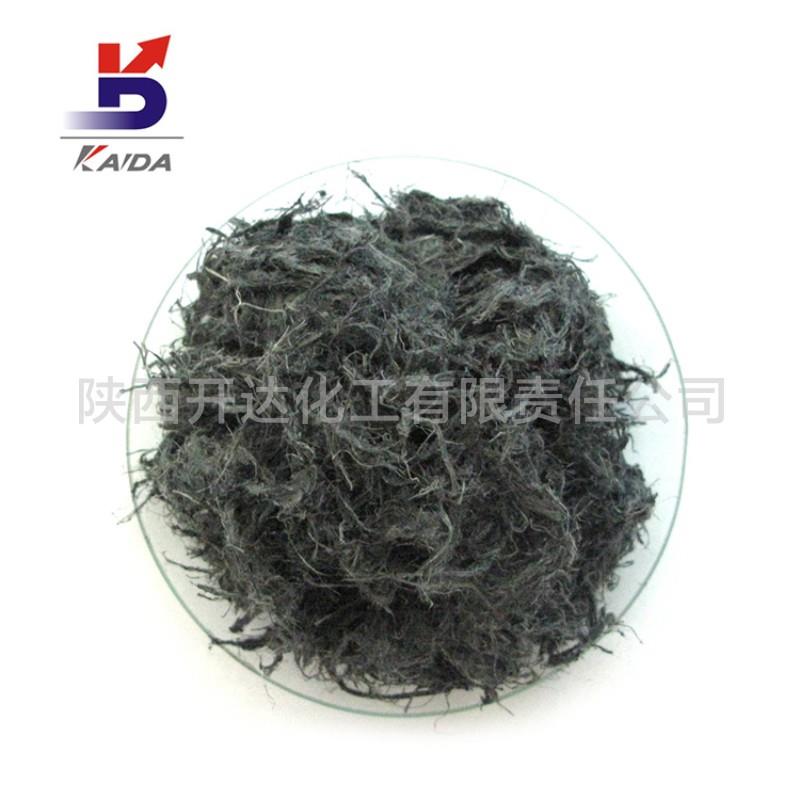
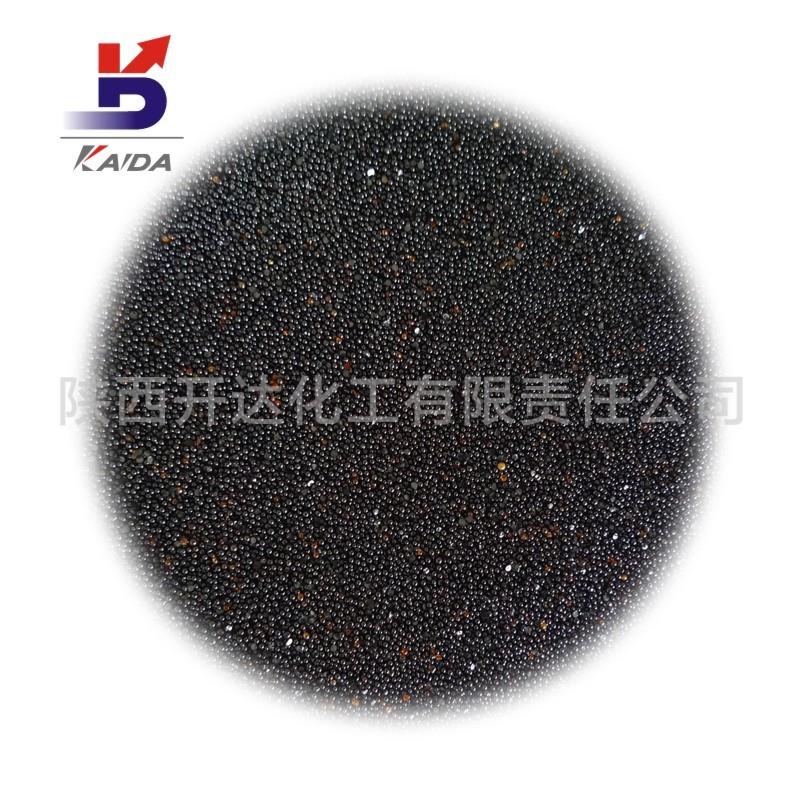
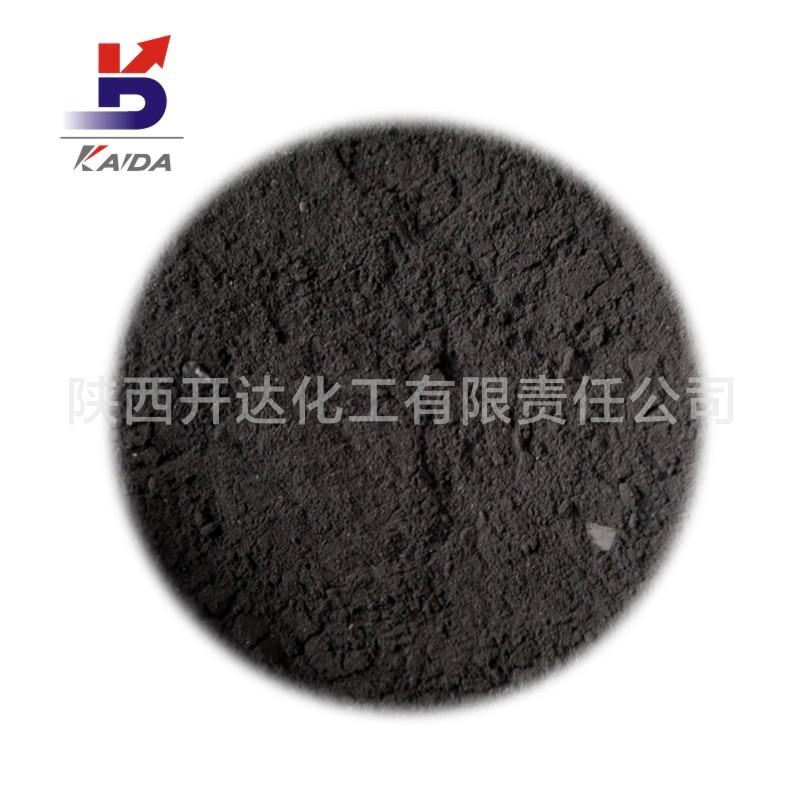
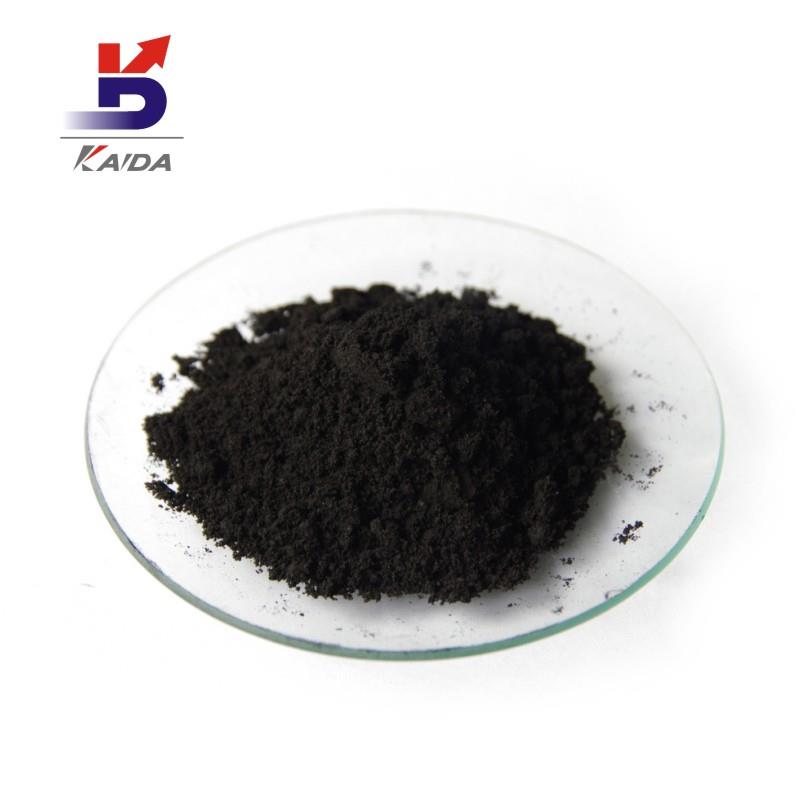


 陕公网安备 61030502000254号
陕公网安备 61030502000254号